Rongchang Summer Cloth
Woven Through the Warp and Weft to Carry on a Thousand-Year Heritage
荣昌夏布 穿经走纬织就“千年传承”
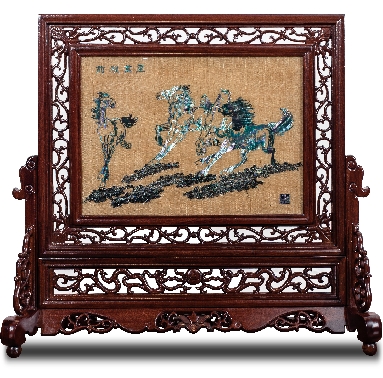
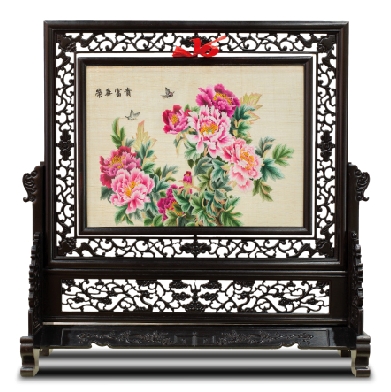
荣昌夏布摆件。
In the Tianyun Grass Linen (Summer Cloth) Workshop located in Rongchang District, Chongqing, a quaint wooden loom emits rhythmic sounds, like jumping notes that are pleasant to listen to. The weaver skillfully passes the shuttle back and forth with both hands, continuously weaving the warp and weft threads together, inch by inch, until grass linen is produced...
The interior decoration of the workshop is elegant and unique. In addition to clothing with various styles, there are also handicrafts such as folding fans, hanging paintings, creative daily necessities, and tourist souvenirs. The design not only embodies the soul of ethnic elements but also has contemporary characteristics. Among them, the grass linen silver jewelry series made of grass linen and pure silver wire drawing technique is a cross-industry cooperation between the two national intangible cultural heritage techniques. The products were selected as the “Chongqing Gifts for Foreign Affairs in 2021”.
Ingenuity and Craftsmanship that Cannot Be Replaced by Machines
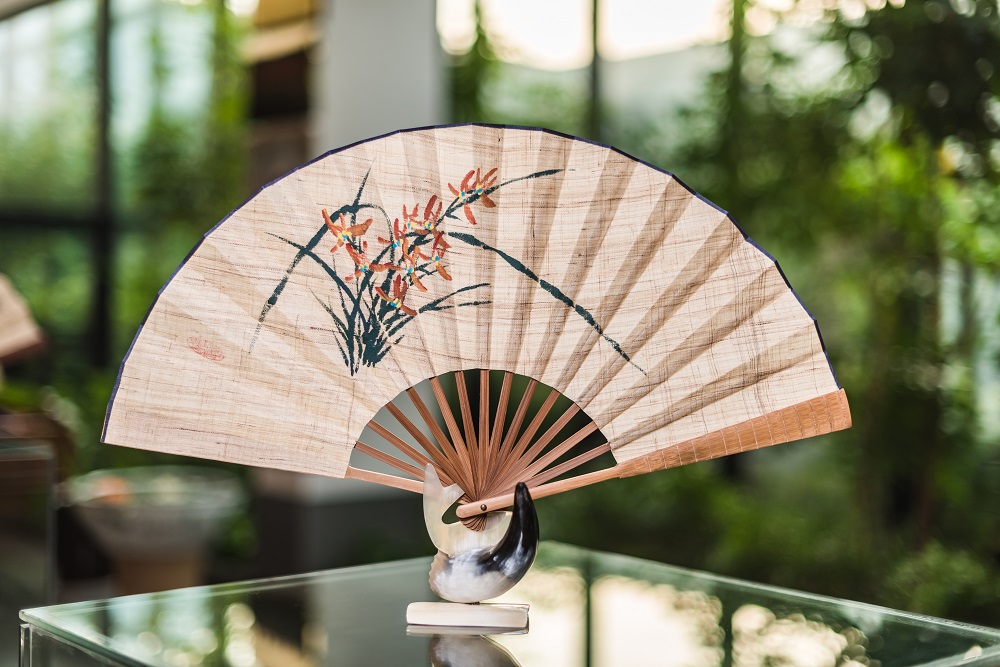
The weaving technique of Rongchang grass linen is a cumulative experience passed down through generations, which combines and showcases the rich and time-honored folk art deposits in China.
Why is grass linen so precious? Ma Renfen, promoter of Rongchang grass linen culture and head of Tianyun Linen Textile Art Company, has worked in the grass linen industry for more than 30 years. She explained, “This is due to the extremely fine craftsmanship. Making linen requires manually stripping the ramie into individual fibers as thin as a strand of hair, and then hand-connecting them together. These two steps of craftsmanship determine that high-end grass linen can only be handmade and cannot be replaced by machines. ”
“During the weaving process of grass linen, the force must be even, and the flat edges of the linen must be woven smoothly and stretched without any breakage or loose ends. The joints between the threads should not be visible, ” added Ma Renfen. Grass linen production requires several processes such as planing the ramie, bleaching, twisting hempen thread, winding hemp bundles, pulling thread, stringing the thread through the shuttle, brushing starch, weaving, rinsing, printing and dyeing. With a history of thousands of years, these are still the main production processes of Rongchang grass linen.
Thousands of Years of Development Since Its Inception in Han Dynasty
“The cloth is as light as clouds and its color is as white as the moon in the Milk Way. ” This is a description of grass linen in the Book of Songs. Originating from the Han dynasty, Rongchang grass linen has been popular for thousands of years, so it has been reputed as a “living fossil” in the textile industry.
During the Han dynasty, grass linen was called “Shu cloth”. Later in the Tang dynasty, the technique of weaving grass linen underwent significant advancements. At that time, grass linen was highly regarded for its lightness comparable to cicada wings, thinness akin to rice paper, smoothness like water and mirrors, and delicacy similar to silk. The best grass linen would be selected as a tribute and became a cherished treasure among the imperial family and aristocrats. It was not until the late Kangxi reign of the Qing dynasty that Rongchang grass linen was produced as a commodity and exported to Korea, Japan, and other regions, becoming a famous specialty at that time.
In 2008, the weaving technique of Rongchang grass linen was listed as a national intangible cultural heritage item, and in 2013, the cloth was approved as a national geographical indication trademark.
In the early days, Ma Renfen mainly organized villagers to plant and recover ramie and process it into grey fabric. At last, the grey fabric would be exported to foreign countries. In recent years, the company has transformed its strategy: According to customer needs, the grey fabric has been processed into grass linen products, which are the final product to be exported. This change results in their inheritance of the intangible cultural heritage technique passed down for thousands of years, and a significant increase in profits.
Inheritance and Development Through Adherence to and Innovation of the Technique
Under the influence of Ma Renfen, Ma Linqin continued the work of her predecessor and actively engaged in the inheritance and development of the traditional grass linen culture. She has now become a city-level inheritor of the national grass linen weaving technique and one of Chongqing’s first batch of famous teachers for extracurricular education on intangible cultural heritage (grass linen).
Ma Linqin and Ma Renfen share a common viewpoint that the inheritance and development of this intangible cultural heritage item cannot be separated from the path of innovation driven by market demand and should take the daily life of modern people into consideration. Over the past decade, under the prerequisite of combining the grass linen weaving technique with modern elements, Ma Linqin has led her team to innovate a large number of cultural and creative products such as folding fans, embroidery works, paintings, fashionable clothes, bedding, and home furnishings. “In the future, we want to add more grass linen elements to our daily life and let grass linen lead new lifestyle trends,” says Ma Linqin. Currently, grass linen is used to decorate walls, screens, wardrobe doors, and other application scenarios in terms of home design, creating a unique charm of integrated traditional and modern styles.
This year, at the 6th China Textile Intangible Cultural Heritage Conference, Ma Linqin was awarded the honorary title of “2022 China Textile Intangible Cultural Heritage Promotion Ambassador” for her contribution to the creative transformation and innovative development of grass linen through the inheritance and innovative design of the grass linen weaving technique.
Global Charm of Intangible Cultural Heritage
Ma Linqin hopes to make grass linen popular with people all over the world. In recent years, this tradition handicraft of a thousand years ago has gradually become more international.
In July 2020, Rongchang grass linen was presented to the new Consul-Generals of Switzerland, Germany and Poland in Chengdu as a foreign gift for the first time at the welcome reception held by the European Chamber Southwest Chapter. Since then, Rongchang grass linen has been given as a gift to foreign guests in many foreign exchange activities.
In recent years, Ma Linqin and her team have taken Rongchang grass linen to large exhibitions such as 2012 Hong Kong International Home Textiles and Furnishings Fair and Milano Fashion Week 2020, showing the world Rongchang’s achievements in carrying traditional culture with contemporary creativity. In the future, they will take this intangible cultural heritage to more events, so that more people can feel the charm of Rongchang grass linen.
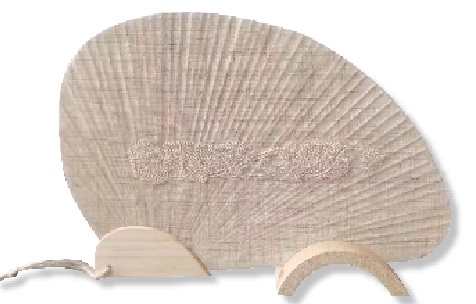
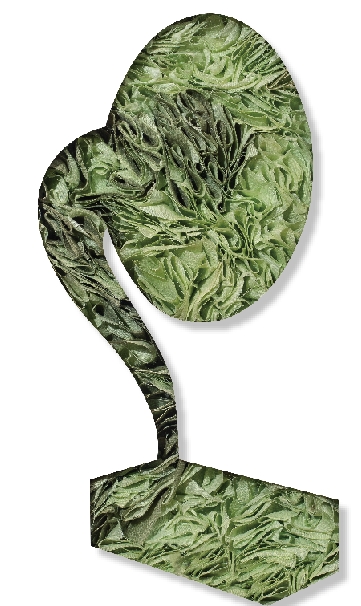
荣昌夏布彰显中国民间艺术底蕴。
位于重庆市荣昌区的天运夏布会馆内,一台古朴的木制织布机发出有节奏的“唧嗒唧嗒”声,好似一个个跳动的音符,悦耳动听。织布者双手娴熟地来回传递着梭子,纬线不断编进经线中,一寸寸夏布生长出来……
馆内陈设清雅别致,除了样式各异的服饰,还有折扇、挂画等工艺美术品、生活创意品以及旅游纪念品,设计既有民族元素的魂,又具当下时代特色。其中,用夏布与足银手工拉丝制作而成的夏布银饰系列,将两大国家级非遗技艺跨界合作,入选为“2021重庆外事好礼”。
机器替代不了匠心技艺
荣昌夏布织造技艺,是世代相传的经验积累,糅合并彰显着中国古老丰富的民间艺术沉淀。
夏布为何如此贵重?荣昌夏布文化推广者、天运麻艺公司负责人马仁芬与夏布“打交道”30余年,她解释说:“这是精细至微的工艺所致,制麻需要将苎麻剥成一根根仅有头发丝粗细的纤维,并将其连接到一起,这两步工艺决定了高档的夏布只能手工完成,是机器替代不了的。”
“夏布编织过程中,力量要均匀,布的平面边沿要织得平顺、伸展,无破烂断头,线段接头要不现痕迹。”马仁芬介绍,夏布生产需要经过打麻、漂白、绩纱、挽麻团、牵线、穿筘、刷浆、织布、漂洗、印染等工序,历经千年历史积淀,这依然是荣昌夏布生产的主要工艺流程。
源于汉代经纬间穿梭千年
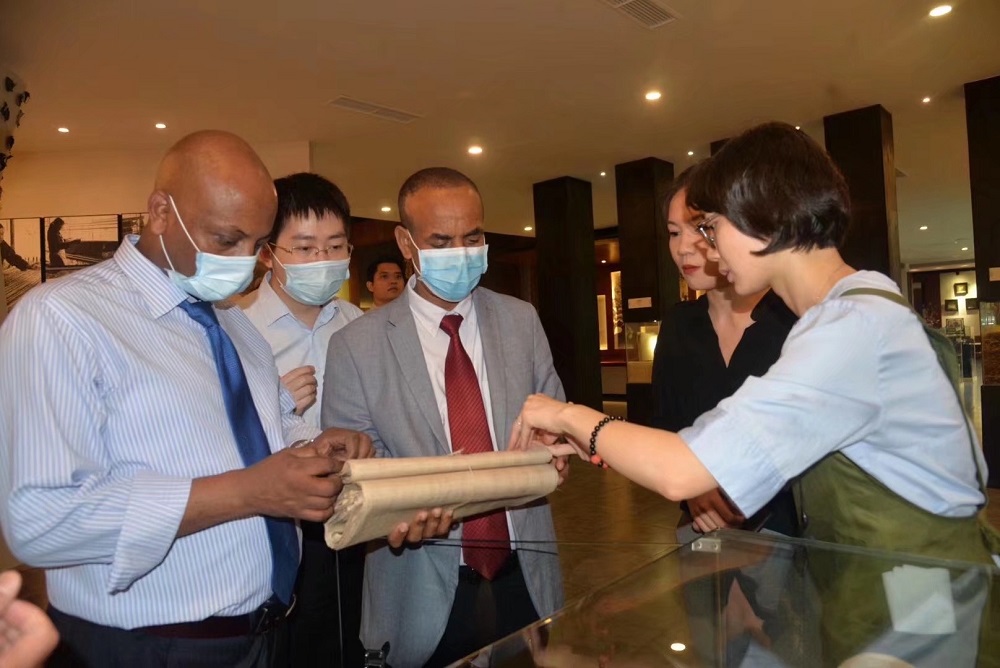
马琳沁向外国嘉宾介绍荣昌夏布。
在汉代,夏布被称为“蜀布”,在唐代,夏布工艺迎来极大的发展,“轻如蝉翼,薄如宣纸,平如水镜,细如罗绢”就是那时期对夏布的评价。上好的夏布被定为贡品,成为皇室和达官贵族喜爱的珍品。直到清代康熙后期,荣昌夏布才被作为商品生产,并远销朝鲜、日本等地,成为当时有名的特产。
2008年,荣昌夏布织造技艺被列入国家级非物质文化遗产,2013年成为国家地理标志商标。
马仁芬早年主要组织村民种植苎麻并回收苎麻加工成坯布出口国外,近几年公司开始转型,根据客户需求把坯布加工成夏布产品再出口,传承千年非遗技艺的同时,还大大提高了利润。
在守艺与创新中传承发展
在马仁芬的影响下,马琳沁继承了上一辈的“衣钵”,积极投身于夏布传统文化的传承和发展,如今成为国家级夏布织造技艺市级传承人,重庆市首批校外教育文化类非遗夏布名师。
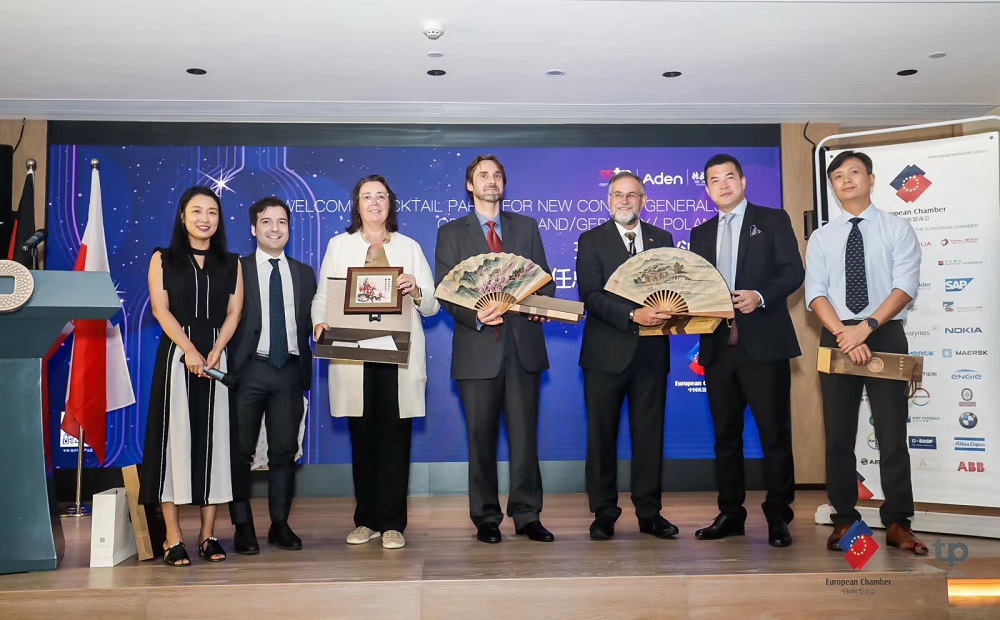
荣昌夏布作为外事礼品赠予外国友人。
马琳沁与马仁芬有共同的理念,非遗要传承发展,必须与市场相结合,走创新之路,与现代人的生活紧密结合。十余年来,马琳沁带领团队将夏布织造技术和现代元素相结合,创新制作了折扇、刺绣、绘画、时装、床上用品、家居用品等文创产品。“未来,我们要将夏布更多地融入到生活中去,引领新的生活风尚。”马琳沁说,现在一些家装设计开始使用夏布装饰墙面、屏风、衣柜门体等,传统与现代相互交融,别有韵味。
今年,在第六届中国纺织非物质文化遗产大会上,马琳沁以夏布织造技艺传承和设计创新,实现夏布的创造性转化和创新性发展,被大会授予“2022年度中国纺织非遗推广大使”荣誉称号。
文/杨艳
图/受访者提供
重庆与世界杂志社 Copyright 2000-2023 Cqworld.cn All Rights Reserved. 渝ICP备:05006161/渝公网安备50010302504769号
国内发行:重庆市报刊发行局\杂志社自发 | 国外发行:中国国际图书贸易总公司
地址:重庆市渝中区学田湾正街1号广场大厦11F,举报电话:023-68898926,违法和不良信息举报中心热线:12377

微信公众号